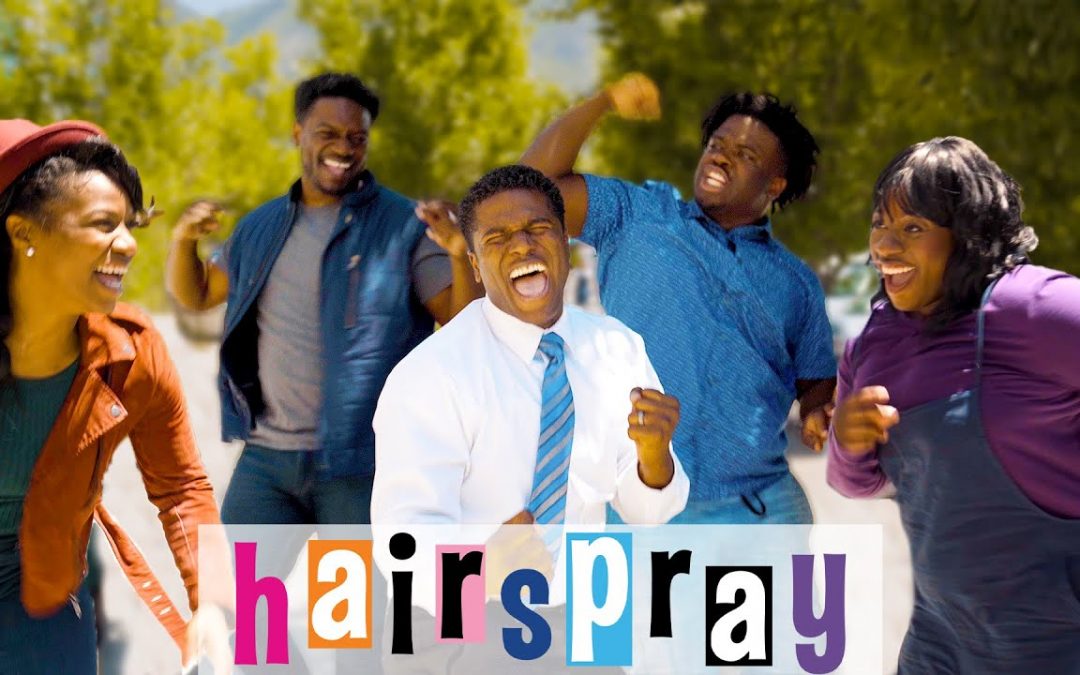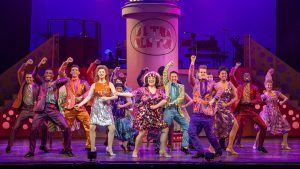 The Bonner Family teamed up with their fellow Latter-day Saints behind the YouTube channel Working with Lemons and created a music video with a powerful and succinct message. Using the song “Run and Tell That” from the 2002 musical, Hairspray, they hope to shed a light on the issue of racial inequality and to get needful conversations started.
The Bonner Family teamed up with their fellow Latter-day Saints behind the YouTube channel Working with Lemons and created a music video with a powerful and succinct message. Using the song “Run and Tell That” from the 2002 musical, Hairspray, they hope to shed a light on the issue of racial inequality and to get needful conversations started.
Hairspray, the American musical based on John Waters’ 1988 film of the same name, served as a conversation starter about such societal topics as racial inequality. The music was written by Marc Shaiman, with lyrics by Scott Wittman and Marc Shaiman, and a book by Mark O’Donnell and Thomas Meehan.
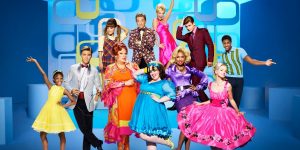 The musical takes the audience back to the year 1962 and the northern suburb of Towson in Baltimore, Maryland. In 1962, Baltimore was far from being free of racial tensions. In that year, the Maryland Court of Appeals ruled that a group of high school and college students were rightfully arrested and convicted for staging a sit-in at the segregated Hooper’s Restaurant in downtown Baltimore.
The musical takes the audience back to the year 1962 and the northern suburb of Towson in Baltimore, Maryland. In 1962, Baltimore was far from being free of racial tensions. In that year, the Maryland Court of Appeals ruled that a group of high school and college students were rightfully arrested and convicted for staging a sit-in at the segregated Hooper’s Restaurant in downtown Baltimore.
The themes of Hairspray have to do with issues like discrimination and racism — specifically toward women and Black Americans. These are issues that are still prevalent in our society at this hour. An article titled “Musical Context and Meaning of Hairspray” proclaims, “The parallelism between a working progress in music and a working progress in the civil rights movement gives the show deeper meaning.”
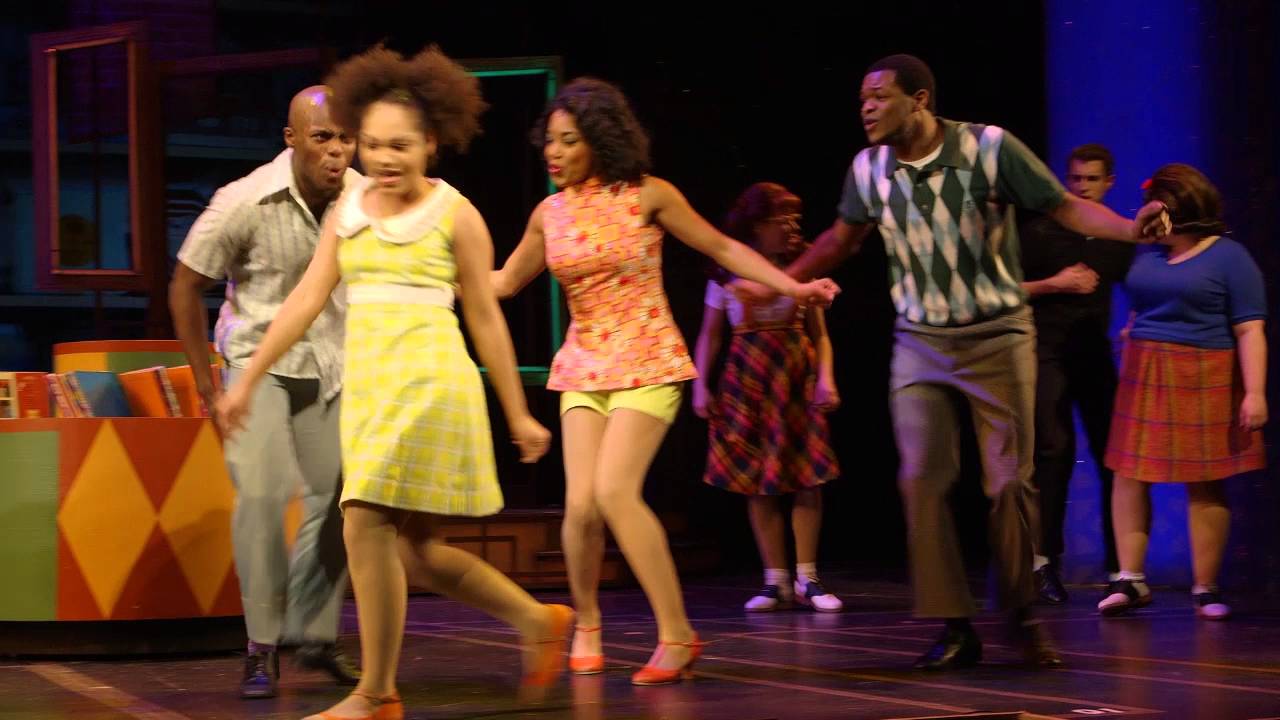 The Nicest Kids in Town, the group portrayed in the musical, was supposedly the hottest group in early 1960’s Baltimore. They performed every day after school the Buddy Deane Show, which was a popular teen dance program.
The Nicest Kids in Town, the group portrayed in the musical, was supposedly the hottest group in early 1960’s Baltimore. They performed every day after school the Buddy Deane Show, which was a popular teen dance program.
The Atlantic.com reports, “From 1957 to 1963, only white teens could attend the weekday broadcasts of the Buddy Deane Show, apart from one Monday each month when black teenagers filled the studio (the so-called “Black Monday”). In 1963, the Civic Interest Group, a student integrationist group founded at Morgan State University, challenged this policy by obtaining tickets for Black and White teens to attend the show on a day reserved for Black teenagers. After a surprise interracial broadcast, WJZ-TV received bomb and arson threats, hate mail, and complaints from White parents. Facing controversy over the possibility of more integrated broadcasts, the station canceled the program.”
In Hairspray, the show is called The Corny Collin’s Show. The songs that the kids sing include 1960s-style dance music and “downtown” rhythm and blues, as well as Motown, a genre that would not be seen until the late ’60s.
The four main characters – Tracy, Link, Penny, and Seaweed – all believe in integration and an end to racism. Through songs, dances, and costumes that celebrate and satirize the ’60s, the audience is encouraged to take the fight to integrate the teenage TV show seriously.
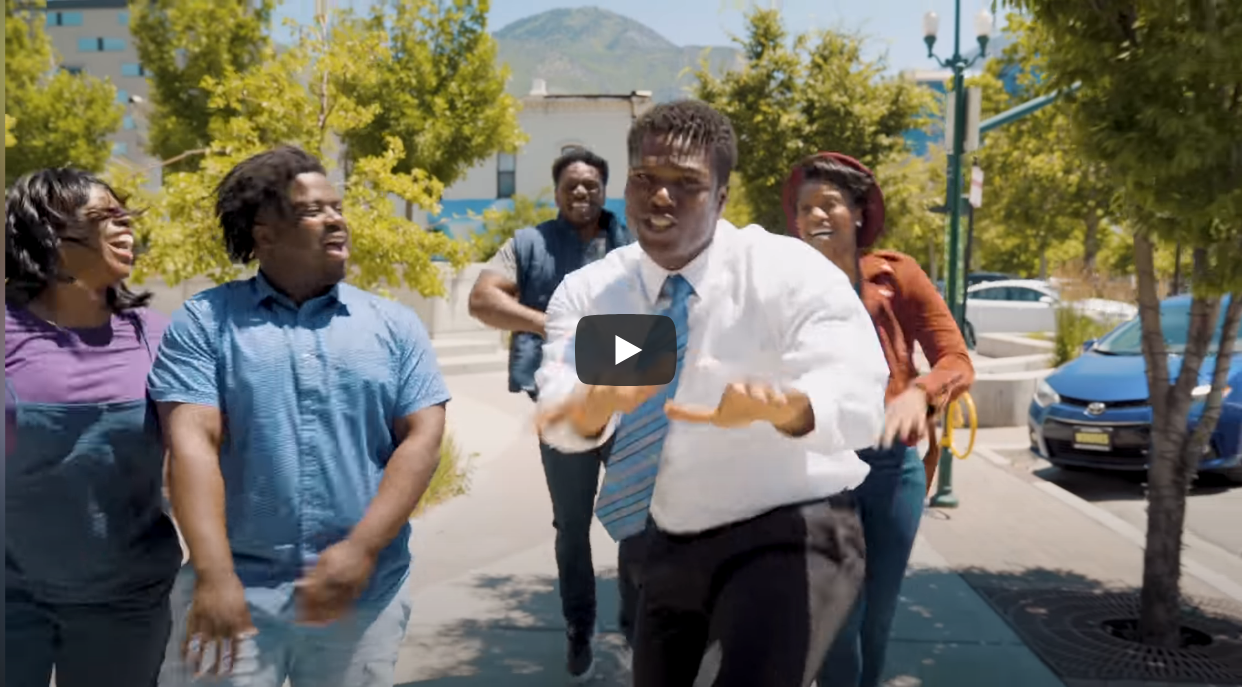 The song, “Run and Tell That,” the only solo song performed in the 2002 musical Hairspray by the African American character Seaweed, is an R&B song. The phrase “Run and Tell That” is traced back to African American religious and secular songs. Literally, it means: “to exhort someone to go quickly and give information or news to another person or persons,” however, in this context it is more like “declaring to your adversary you will succeed in the near future, and that he or she should let the world know that fact.”
The song, “Run and Tell That,” the only solo song performed in the 2002 musical Hairspray by the African American character Seaweed, is an R&B song. The phrase “Run and Tell That” is traced back to African American religious and secular songs. Literally, it means: “to exhort someone to go quickly and give information or news to another person or persons,” however, in this context it is more like “declaring to your adversary you will succeed in the near future, and that he or she should let the world know that fact.”
The central message of the song, which The Bonners perform in the music video, is found within the lyrics, which say, “I can’t see the reason it can’t be the kinda world where we all get our chance. The time is now, and we can show them how to turn the music up and let’s all dance.”

